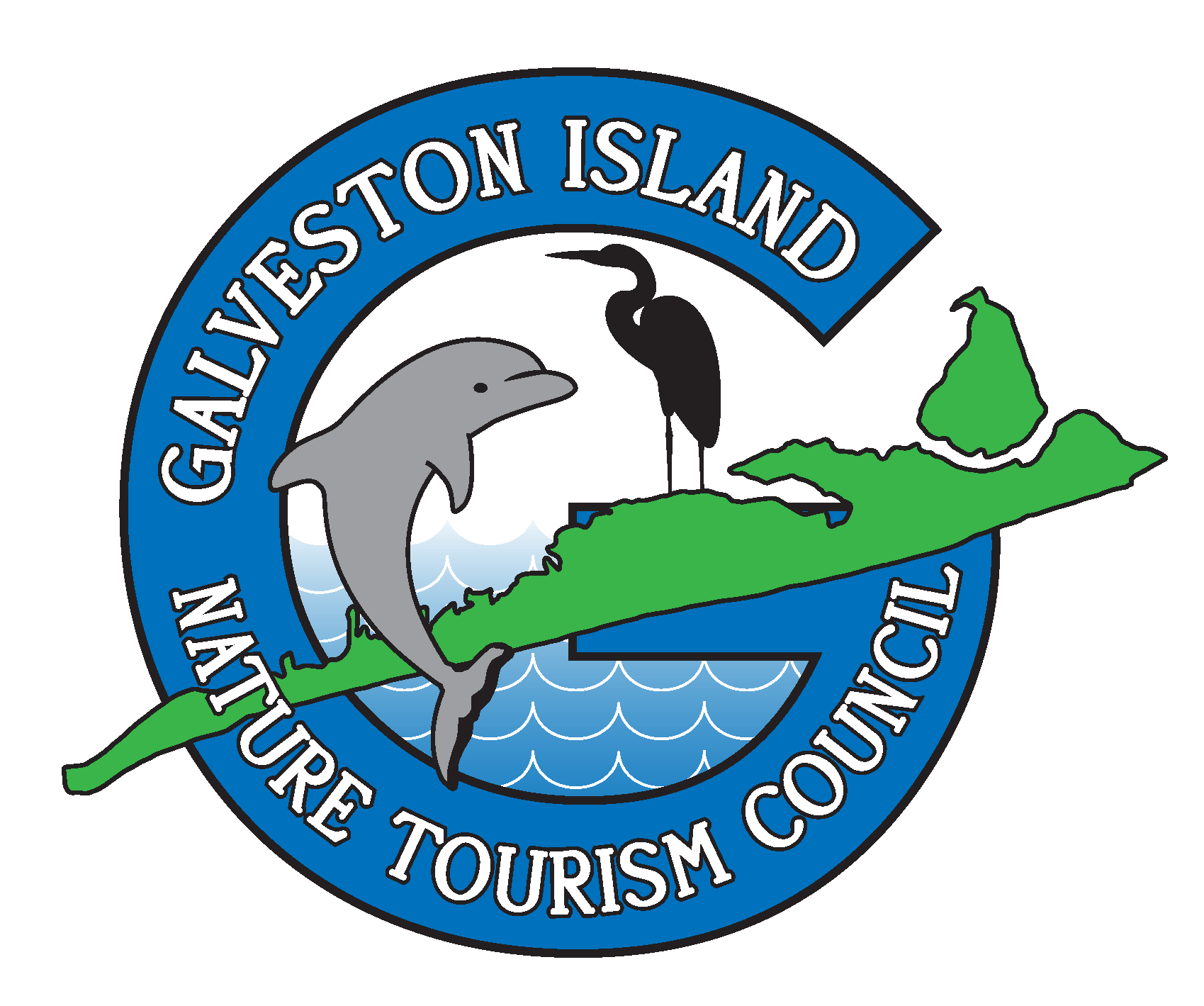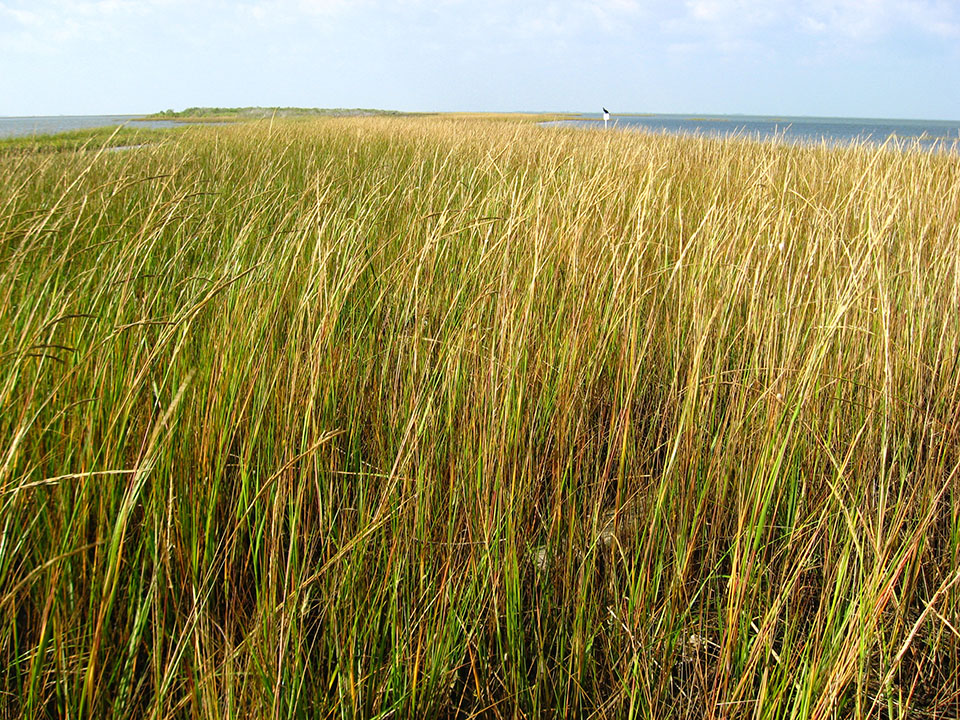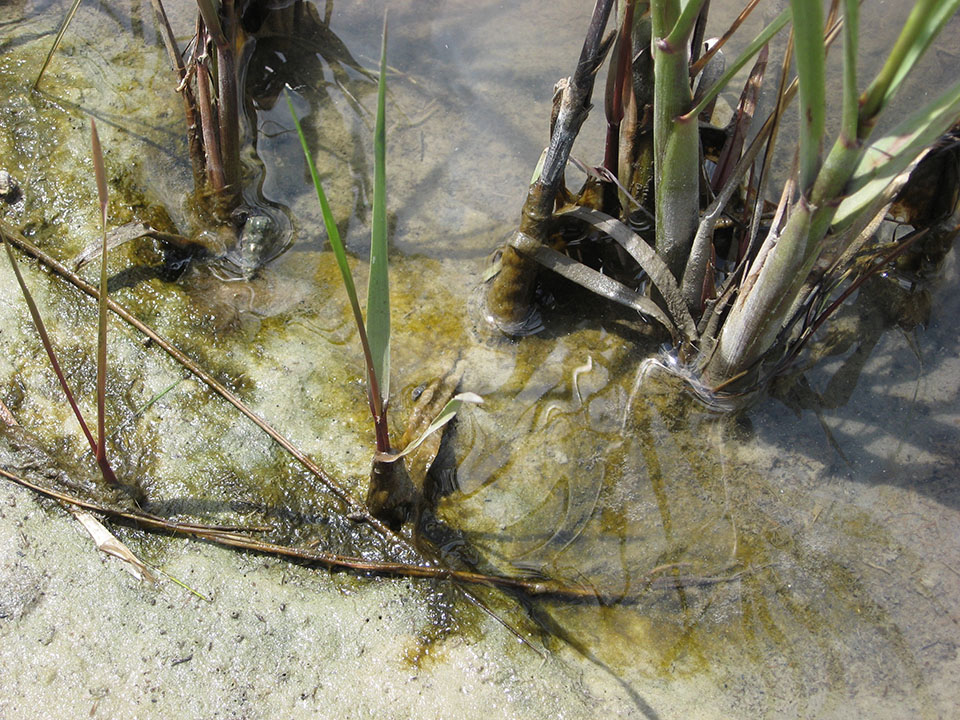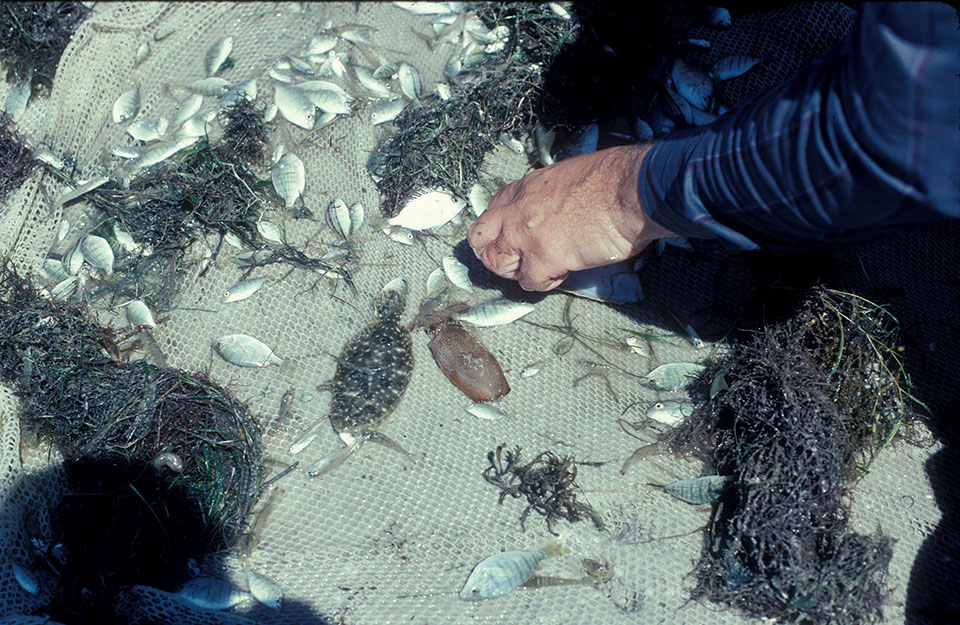by Steve Alexander
My most recent blog suggested we thank wetlands for Galveston’s Bird City Texas designation. And since Galveston has plenty of wetlands, I promised to describe what they are and where you can find them.
So, what is a wetland? According to the dictionary, it’s an area containing much soil moisture. Since that’s not very helpful, a better definition might look like this: A wetland is a transitional area between terrestrial and aquatic ecosystems where water covers the surface or is at or near the surface.
Water is the key ingredient. Galveston Island is surrounded by water, but since it’s saltwater, most wetlands on the island are of the saltwater-influenced variety called salt marshes. These wetlands are found only along calm, wave-sheltered shorelines, which are especially common along the island’s backside. These shallow saltwater habitats are characterized by muddy bottoms covered in a thick layer of cordgrasses.
Tides cover cordgrasses daily, delivering nutrients that spur growth. Mud algae grows among cordgrasses, forming lush green mats on the marsh surface. Eventually, outgoing tides carry much of the cordgrass and algal production into the surrounding water.
Nearshore production of algae, seagrasses and phytoplankton are added to the production washed into the water from the marsh. The total production, from marsh and water, represents a bountiful buffet that attracts small fish, shrimp and crabs to salt marsh shorelines.
And in turn, these plentiful prey items attract birds – wading birds such as egrets, herons, spoonbills and ibises that patiently walk the shallows in search of food; the plunge-diving birds like terns, kingfishers and pelicans; and water-diving birds such as grebes, loons and cormorants.
One of the best places to visit salt marsh wetlands to see the birds they attract is the bay side of Galveston Island State Park. To get there, travel to the west end of the seawall and continue for another six miles to the park entrance.
Another great spot is the East End Lagoon Nature Preserve. To get there, travel to the east end of the island. At seawall’s end, turn right onto Boddecker Road. The salt marshes of the preserve are on the right.
Whether you visit the state park or the preserve, when you raise your binoculars to observe the birds, remember: Like a magnet, it’s the wetlands that brought them here.
[ABTM id=6804]



